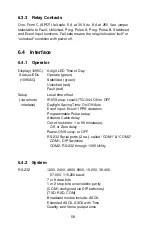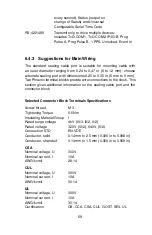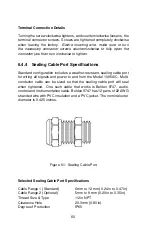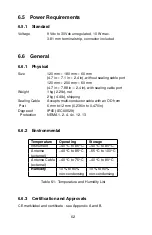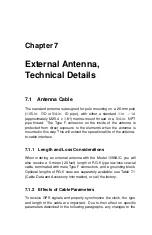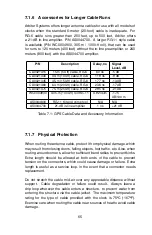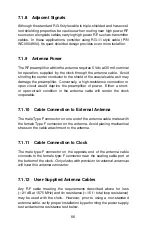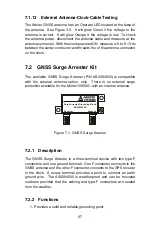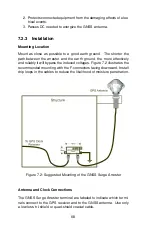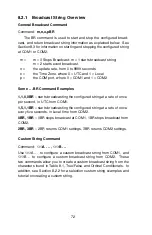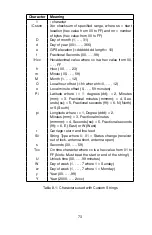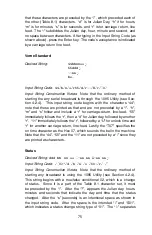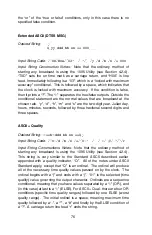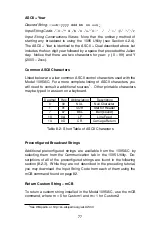
8.2
Serial Communication Definitions
This section is a complete command reference for Model 1095A/C serial
ports. Where possible, RS-232 commands are functionally grouped into
similar categories. For example, Section 8.9 lists all of the commands
used to both set and retrieve the date and time in a standard format.
Each command name and syntax is highlighted in bold at the be-
ginning of each definition. Detailed information for each command and
response follows each command heading. Sometimes the command
is very short, such as the command to return the Local Time: TL.
Other commands require a prefix before the letter command to specify
them, such as to start or stop a broadcast: m,n,o,pBR. For example, the
command to start the ASCII Standard broadcast string at a rate of once
per second, in Local time, from COM1 is 1,1,1,0BR.
When a command requests information from the Model 1095A/C, it
returns the most current data available. Numeric data is returned as
an ASCII string of numeric characters, with leading sign and embedded
decimal point as needed. Strings are usually terminated with carriage
return and line feed characters.
Enter any RS-232C command as
written in these tables
without
pressing ENTER. Characters are auto-
matically entered when typed. If including any of these commands in a
programming sequence, do not include any carriage-return or line-feed
characters.
The following symbols and syntax are used throughout and are
mentioned here for emphasis:
C
= carriage-return, line-feed
U = UTC Time
L = Local Time
soh = An ASCII character (start of header) = Hex 01
bel = An ASCII character = Hex 07
n = integer used for various numerical values (e.g. nnn in minutes)
yyyy = four digit year
ddd = Julian day-of-year
mm = month
hh = hour
mm = minute
ss = second
An underline is used for clarity only and graphically represents the
location of ASCII spaces.
71


